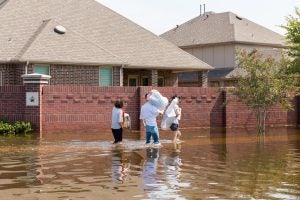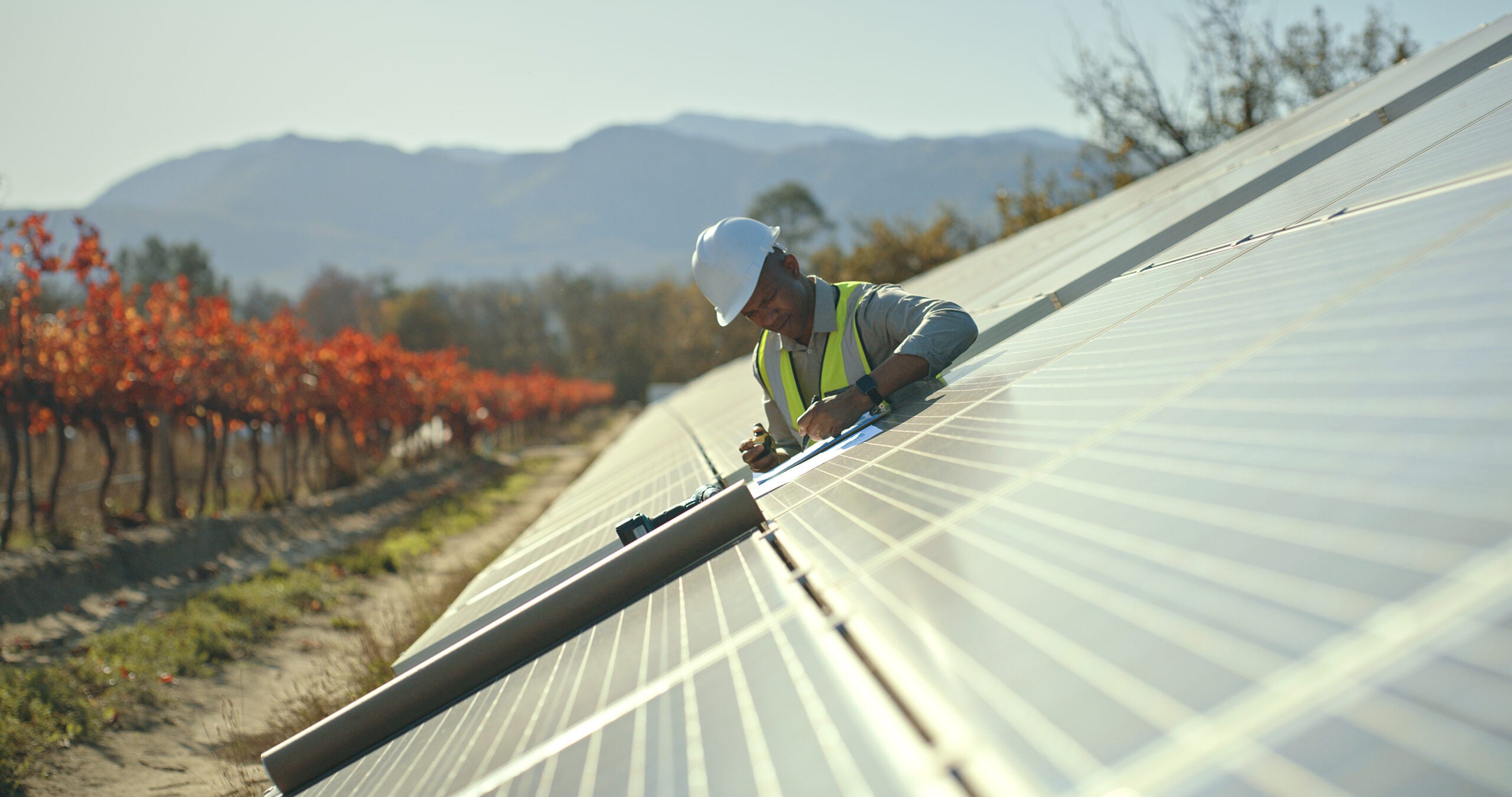
Understanding how communities are vulnerable to climate change is key to improving equity and justice
This blog was co-authored by Dr. Grace Tee Lewis, Senior Health Scientist, Climate and Health
Last month, Environmental Defense Fund and Texas A&M University published a new study that found all states in the U.S. are at risk from the effects of climate change, particularly neighborhoods experiencing disproportionate environmental harms and risks, health disparities and infrastructure problems. We published our research paper, Characterizing vulnerabilities to climate change across the United States, in response to a growing push to identify and address these climate injustices and inequities. This movement is exemplified by the Biden Administration’s executive order to ensure environmental and economic justice are key considerations in how the administration governs on the issue of climate change.
With the Biden Administration’s recent legislation – including the Inflation Reduction Act, Bipartisan Infrastructure Bill and Creating Helpful Incentives to Produce Semiconductors and Science Act (IRA, BIF and CHIPS) – we have a historic opportunity to tackle decades of systemic neglect in low-income neighborhoods and communities of color. We can help level the playing field by directing resources to build resilience and adaptability in the right places across our country.
Using a mapping-based approach, we developed a Climate Vulnerability Index (CVI) to define where investments are needed most to protect vulnerable communities against climate impacts. Given that such a complex combination of factors often limits community resilience, we took a holistic, systems approach to developing the CVI. Through direct engagement with community leaders, the CVI’s census-tract specific assessment combines over 180 vulnerability-related indicators relating to climate change risks and vulnerabilities across health, social/economic, infrastructure, environment and extreme events. It defines the drivers of systemic inequity and cumulative vulnerability in any given locale of the U.S.
Throughout this process, we learned that baseline vulnerabilities and climate change risks overlap in intricate ways. Climate impacts vary substantially nationwide and are quite widespread. On the other hand, baseline vulnerabilities tend to concentrate and form regional clusters in distinct ways. These baseline vulnerabilities are often exacerbated by exposure to climate risk, making vulnerable communities less resilient and able to manage impacts from climate change due to lack of capacity to address daily struggles. Understanding these intersections is key to finding solutions that help close the gap.
Stay tuned! We will be launching the official Climate Vulnerability Index this summer, including an interactive data platform, case studies, tutorials and more. In the meantime, please reach out to Ellu Nasser at enasser@edf.org to learn more.











